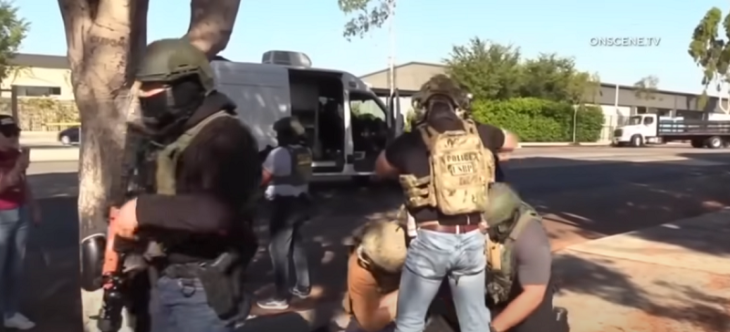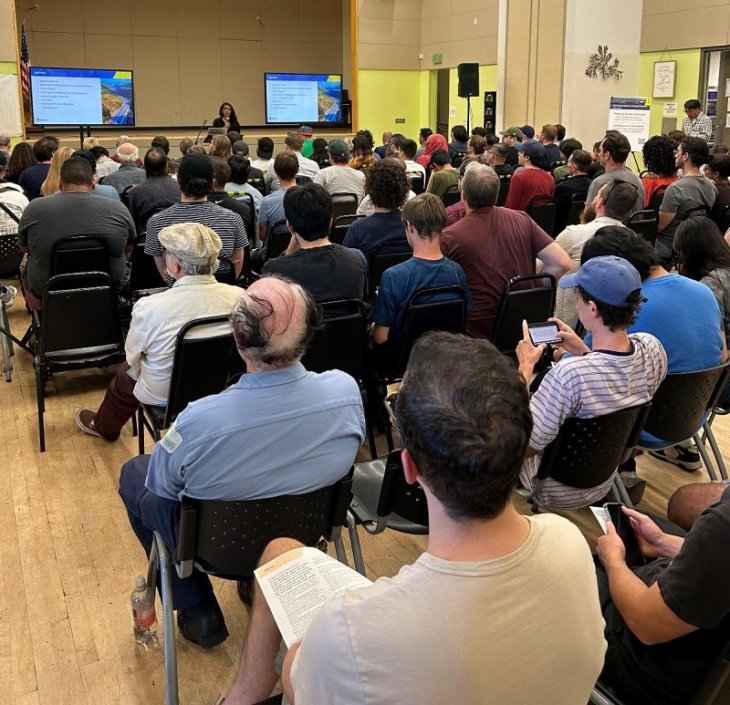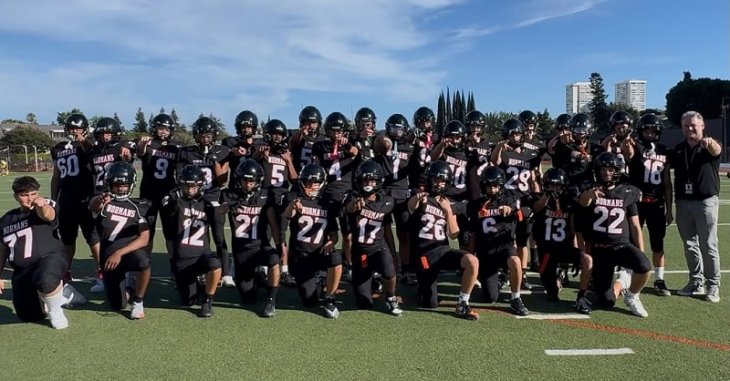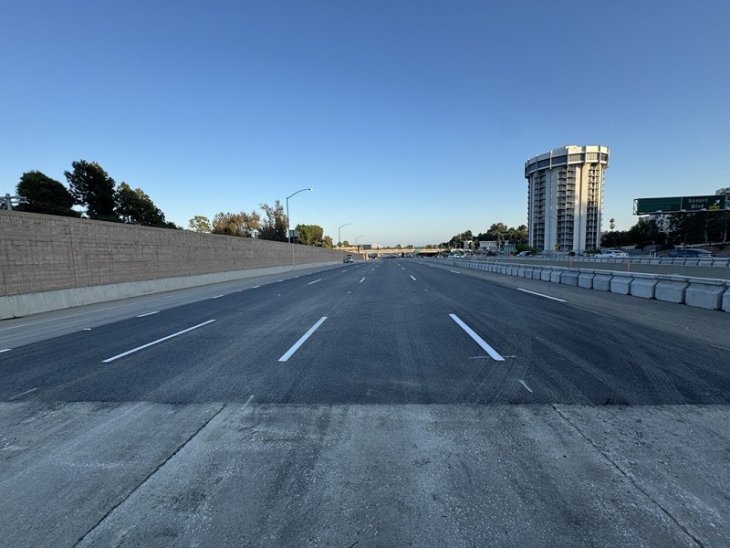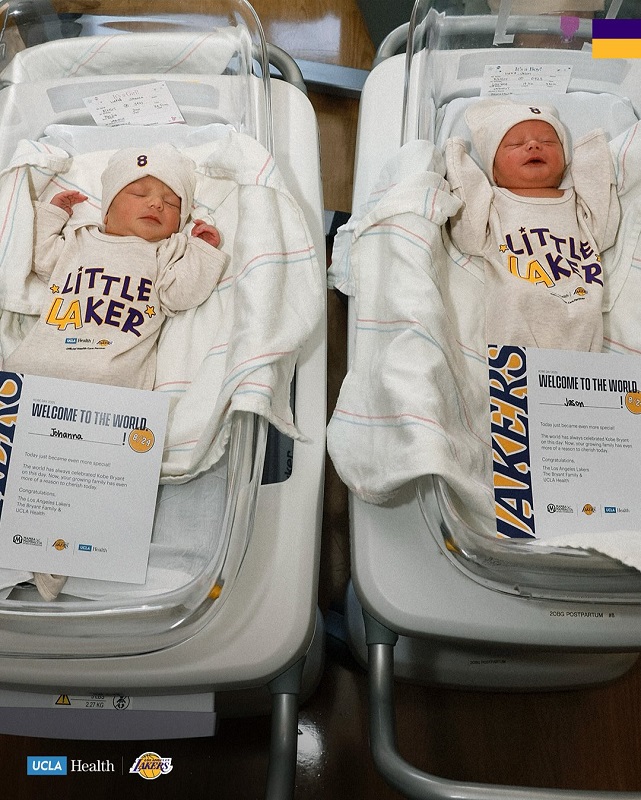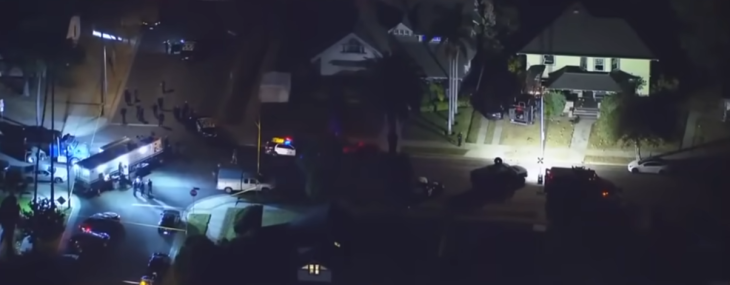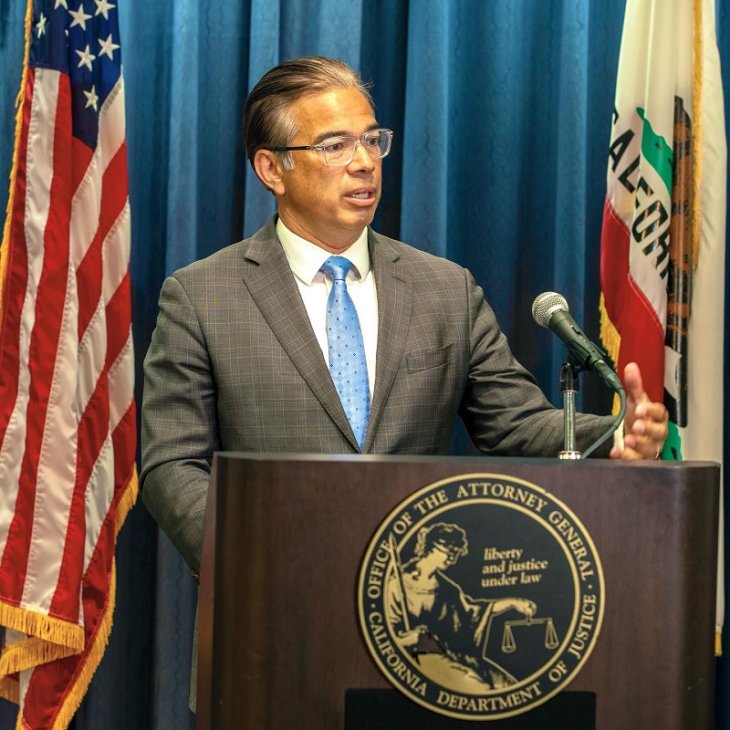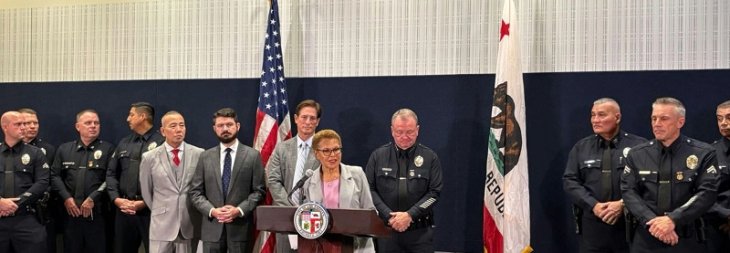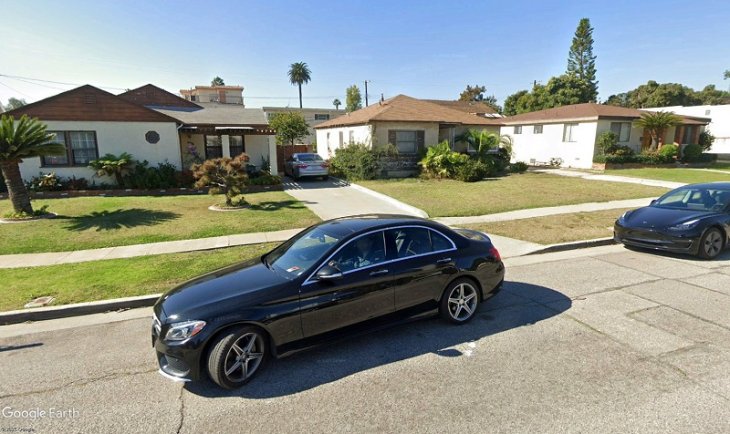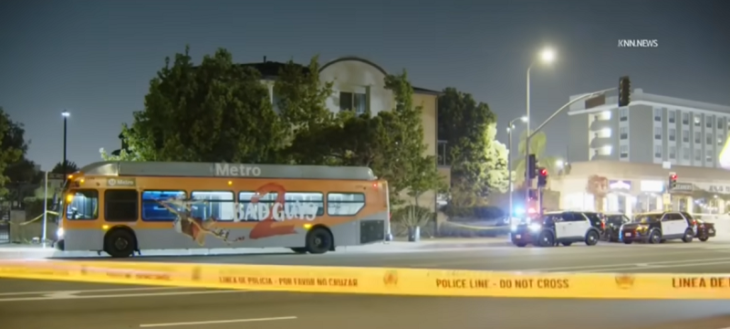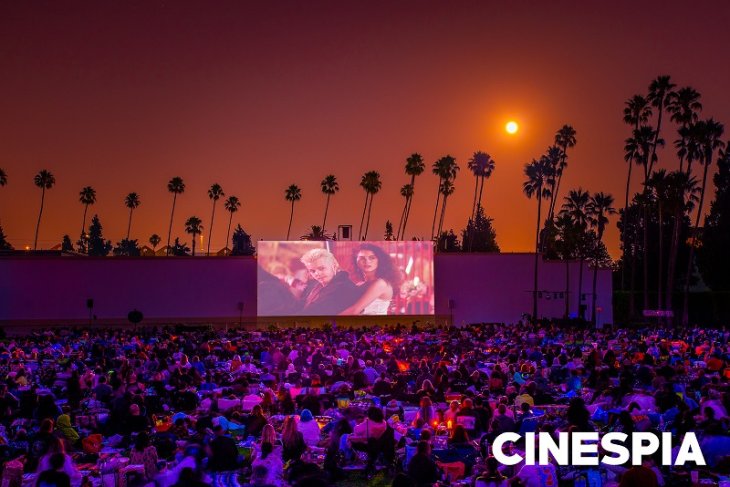
The Los Angeles Board of Police Commissioners will review proposed rules today for the use of body cameras, which Los Angeles Police Department officials plan to provide officers over the coming months, with one critic of the policy saying that the rules fail to address when video footage should be released to the public.
The department is expected to assign 860 Taser Axon body cameras — donated to the city through Los Angeles police commission fundraising efforts — to officers in the Central, Mission and Newton police divisions.
Mayor Eric Garcetti recently proposed buying another 7,000 cameras to outfit all of LAPD’s patrol officers.
The proposed rules address questions of when the video cameras must be turned on, how long the recordings should last, how the devices are to be maintained and inspected, how the footage should be stored and if officers are allowed to immediately view the recordings.
Under the proposed policies, officers involved in use-of-force incidents, such as police shootings, would not be allowed to view footage from the body camera unless the force investigator gives permission, but officers must view the video before being interviewed by investigators.
This provision drew criticism from Peter Bibring, an attorney with the American Civil Liberties Union, who said that allowing officers who are involved in police shootings or other force incidents to review the recordings prior to making their initial statements is “problematic.”
“The purposes of body-worn cameras is to provide greater accountability, but allowing officers to view video before making a statement seriously undercuts this and turns what should be a tool for accountability into a tool that could help officers cover-up misconduct,” Bibring told City News Service.
He said officers’ statements about the incident could be “tainted” the same way showing witnesses video footage could taint their testimony. He also said officer’s who are dishonest could use the recordings to their advantage by citing alleged activities that occur outside the frame of the camera.
Oakland police and the Los Angeles County Sheriff’s Department have both adopted camera policies that require officers to give statements before being allowed to view video footage, Bibring said.
Bibring added that police officials made an “important omission” in their proposed body camera policy by not answering the question of when body camera video should be released.
“They need to have a policy for it,” he said. “It goes directly to the question of how these cameras are used to promote transparency.”
“Although some video should not be made public … there are situations like shootings and other critical incidents where the public has a very strong interest in understanding the way the police behaves,” Bibring said.
Bribing said Beck recently refused to immediately release body camera footage taken of a the police shooting on Skid Row of a homeless man, giving a hint as to how future body camera footage may be handled.
The proposed policies also call for body cameras to be activated before an investigation or enforcement action begins, such as vehicle or pedestrian stops, car and foot chases, searches, arrests, use-of-force, witness and victim interviews, and crowd control.
If officers are unable to activate the cameras in time, or if the cameras fail to record, the officers must note the reasons and circumstances in a daily log.
Under the rules, officers would be allowed to stop recording if the witnesses or victims being interviewed say they will not make a statement on camera, and as long as the encounter is not confrontational.
Officers can decide not to record if they feel it would interfere with an investigation — such as in a rape, incest or sexual assault cases — or due to a victim’s or witness’ age, emotional or physical state or other sensitive factors.
They can also deactivate the camera if they feel the life of an undercover officer or informant is in danger, and if they are in a healthcare area with patients or at a rape treatment center.


